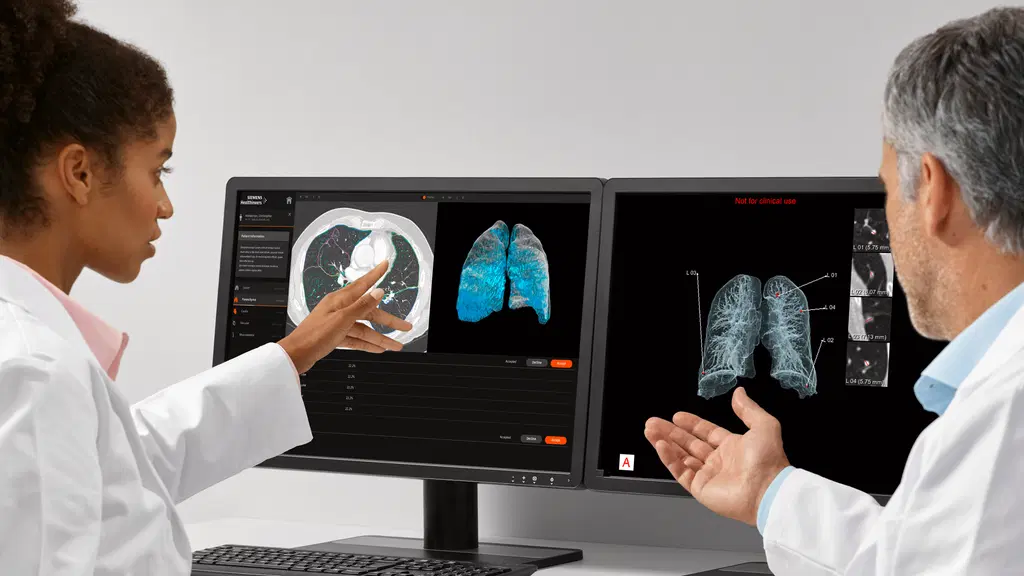🩻 BRJC Session 4 Recap: Special Considerations in X-Rays & Clinical Decision Making

Thank you to all who joined us for Session 4 of the British Radiology Journal Club! Led by Dr. Natasha Skinner (ST3 Clinical Radiology, South Wales), this session explored advanced interpretation skills with a focus on paediatrics, imaging in pregnancy, radiation risk, and clinical judgment in imaging requests.
🗓️ Event Overview
📍 Topic: Special Considerations in X-Rays & Clinical Decision Making
🎙️ Speaker: Dr. Natasha Skinner
🕖 Time: 7 PM BST
🧠 Session Highlights
This session went beyond the basics and tackled some of the most complex and high-stakes decisions faced in radiological practice.
✅ Learning Objectives
- Understand the anatomy and development of the paediatric skeleton
- Identify and classify common paediatric fractures
- Discuss radiation risks in pregnancy and how to mitigate them
- Make safe and effective clinical imaging decisions
- Improve referral quality through better communication with radiologists
🔍 Key Teaching Points
👶 Paediatric Skeleton & Fractures
- Bone classification: long, short, flat, irregular, and sesamoid bones
- Ossification timelines for carpal (e.g. capitate at 1–3 months, pisiform at 8–12 years) and elbow (e.g. CRITOE mnemonic: Capitellum, Radial head, Internal epicondyle, Trochlea, Olecranon, External epicondyle)
- Fracture types:
- Torus (buckle): axial load, incomplete fracture with bulging cortex
- Greenstick: bending and incomplete fracture, common in mid-diaphysis
- Bowing: cortical integrity maintained, subtle but important
- Salter-Harris: epiphyseal fractures classified by SALTR (I–V)
🤰 Radiation Risk & Imaging in Pregnancy
- Most diagnostic radiation poses minimal fetal risk; avoid high-dose procedures unless justified
- CTPA vs V/Q scan:
- CTPA = higher maternal breast dose
- V/Q = lower breast dose, slightly higher fetal dose
- V/Q preferred if available and chest X-ray is clear
- General rule: Use non-ionising imaging (US, MRI) when possible
🩺 Clinical Decision-Making & Referrals
- On-call imaging should be clinically justified — is it emergent? Will it change management?
- Structure your request: what’s the clinical concern? What’s the most appropriate modality?
💬 Communicating with Radiologists
- Use relevant clinical history (symptoms, timing, risk factors)
- Specify the working differential
- Align request with what you want to rule in/out
🧪 Interactive Case Examples
Participants worked through real-world cases with structured radiological reasoning:
- Case 1: 67-year-old smoker with SOB → CXR for malignancy vs COPD
- Case 2: 27-year-old woman, ski injury → Knee X-ray → ?ACL → MRI
- Case 3: 71-year-old with stroke symptoms → CT head ± CTA (AF, mRS 3)
- Case 4: 68-year-old, rigid abdomen → CT Abdomen/Pelvis → ?perforation
- Case 5: 28-year-old with IBD flare → No imaging needed (soft abdomen, low CRP)
💬 Join the BRJC Community
Keep learning, asking, and sharing. Join our WhatsApp group to stay up to date:
👉 Join here
📌 What’s Next?
We’re already planning our next session featuring more practical, high-yield radiology content. Stay tuned through our social media and WhatsApp announcements.
📲 Stay Connected
📸 Instagram: @official.brjc
📘 Facebook: British Radiology Journal Club